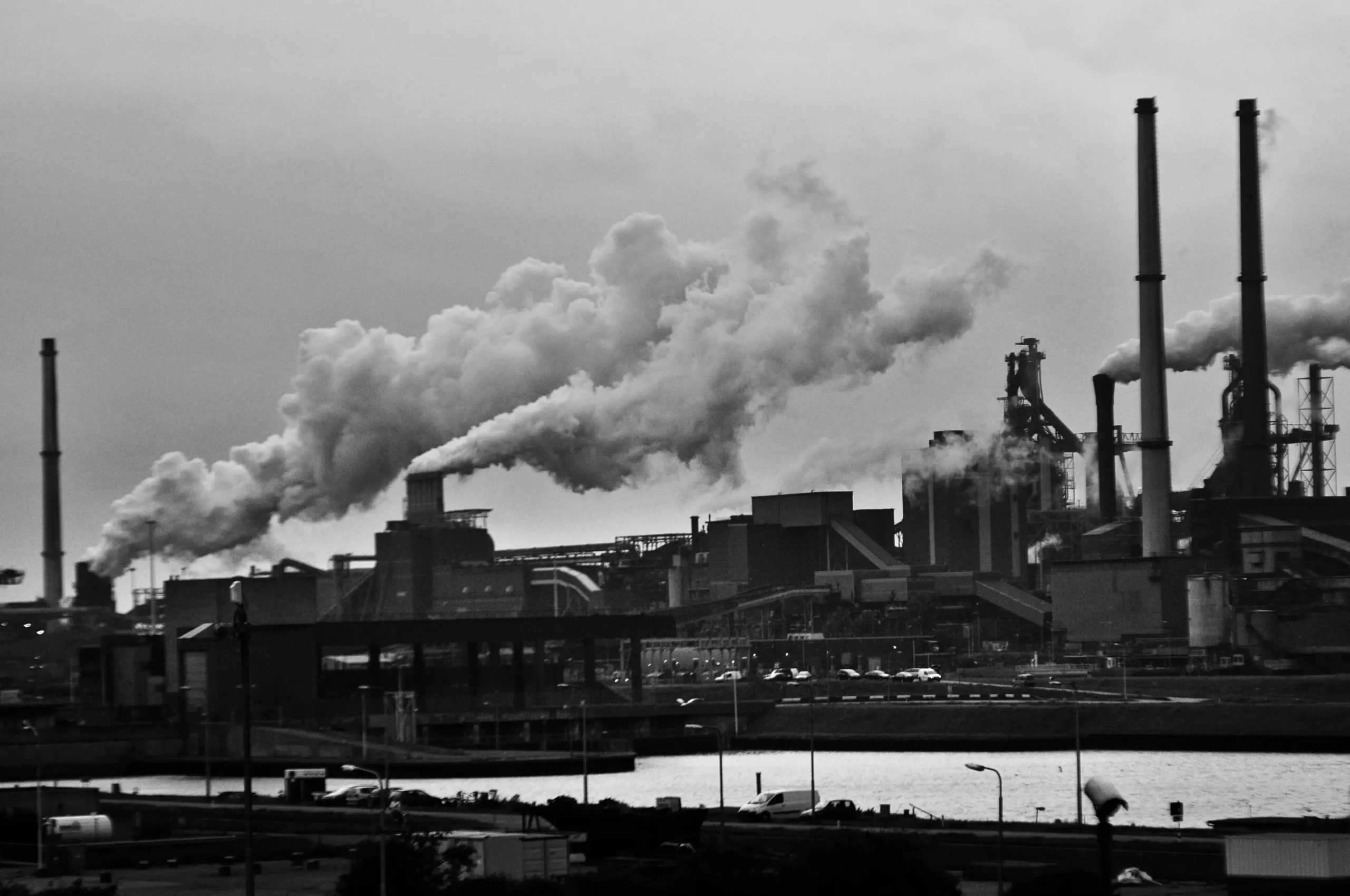As we approach the end of another scorching summer, it is evident that the United States is grappling with one of its hottest seasons on record. Heat waves have not merely reached discomforting levels; they have also significantly impacted the nation’s energy infrastructure by raising electricity demand to unprecedented levels. This surge in energy needs leads grid operators to rely on a specific type of power facility known as “peaker” plants. These facilities, while crucial for ensuring electricity availability during peak demand, also raise critical questions about their environmental impact and the long-term sustainability of our energy systems.
The Role of Peaker Plants in Energy Generation
Peaker plants are designed for rapid activation and are typically more cost-effective to run in times of high demand. However, they have also been criticized for their inefficiency. These facilities usually burn more fossil fuel per unit of electricity generated compared to other power plants. They are not intended for continuous operation; historically, they have operated for fewer than 10% of the year, primarily during moments of intense demand. Nevertheless, their significant emissions contribute to environmental and public health issues, making them a contentious piece in the puzzle of America’s energy dilemma.
Current statistics indicate that there are 999 peaker plants scattered across all 50 states, with 70% relying on natural gas, while the remainder uses oil and coal. As the nation pushes towards reducing its carbon footprint, the shift away from fossil fuels toward renewable energy sources like wind and solar power represents an essential, albeit ironic, challenge. The intensifying climate crisis, manifested through increasing heat waves, compels energy grids to turn back to these peaker units, balancing the intermittency of renewables with a less sustainable solution.
Central to the energy conversation is the distinction between dispatchable and nondispatchable resources. Renewable energy sources, including wind and solar, are often categorized as nondispatchable because they depend on natural conditions. Their cost-effectiveness allows them to operate at maximum capacity when conditions permit, yet they cannot be relied upon to produce energy on demand. Conversely, fossil fuel and nuclear plants are classified as dispatchable resources; they can be activated as needed to meet fluctuating energy demands.
The operational nature of these plants contributes significantly to the energy mix, as baseload plants, which are designed to run continuously, cannot easily adapt to rapid changes in demand. Intermediate plants can adjust more quickly, but peaker plants dominate the landscape when immediate, high-energy output is needed. Unfortunately, as we incorporate more renewables into the mix, the reliance on less efficient peaker units has become more prevalent, highlighting the complexities of transitioning to sustainable energy sources.
The environmental repercussions of relying on fossil fuel-based energy generation are stark, especially given that approximately 60% of U.S. electricity is still produced by such plants. Pollutants associated with these facilities—like sulfur dioxide and nitrogen dioxide—are well-documented contributors to respiratory and cardiovascular diseases. Vulnerable populations, particularly in low-income and minority neighborhoods, suffer disproportionately from the adverse health effects of air pollution linked to the proximity of peaker plants.
Recent reports indicate that nearly 32 million Americans live within three miles of a peaker facility, raising alarms regarding the impact on public health. The disproportionate placement of these plants near disadvantaged communities brings to light critical equity issues that must be addressed in the energy transition.
Given the challenges posed by peaker plants, exploring alternatives for balancing electricity supply and demand is crucial for a sustainable energy future. One promising solution lies in battery storage technologies. These systems allow for the storage of excess electricity generated during peak renewable production periods, ready to be deployed when demand spikes. Although the initial investment in battery technology remains high, costs are predicted to drop significantly in the coming years, enhancing their appeal.
Another avenue worth exploring is the expansion of transmission systems. Improved infrastructure could facilitate access to energy from more distant, lower-cost energy sources, potentially alleviating the local reliance on peaker plants. However, this option is not without its regulatory and logistical challenges.
Demand response programs present yet another potential solution. By implementing pricing strategies that reflect real-time energy costs, consumers can adjust their usage patterns, contributing to a more efficient energy grid.
Lastly, investing in technologies to retrofit existing peaker plants may present a dual opportunity for reducing emissions while balancing the grid. While the financial burden of these upgrades can be steep, the public health benefits of cleaner air and reduced emissions cannot be overlooked.
As the United States forges ahead in the battle against climate change, it becomes increasingly evident that a multifaceted approach is essential. While peaker plants serve a functional role within our current energy framework, their reliance raises urgent questions about sustainability and health impacts. To navigate this complex landscape, strategic investments in renewable energy technologies, battery storage, and transmission systems must be prioritized. Only then can we ensure a cleaner, more equitable energy future for all Americans.

